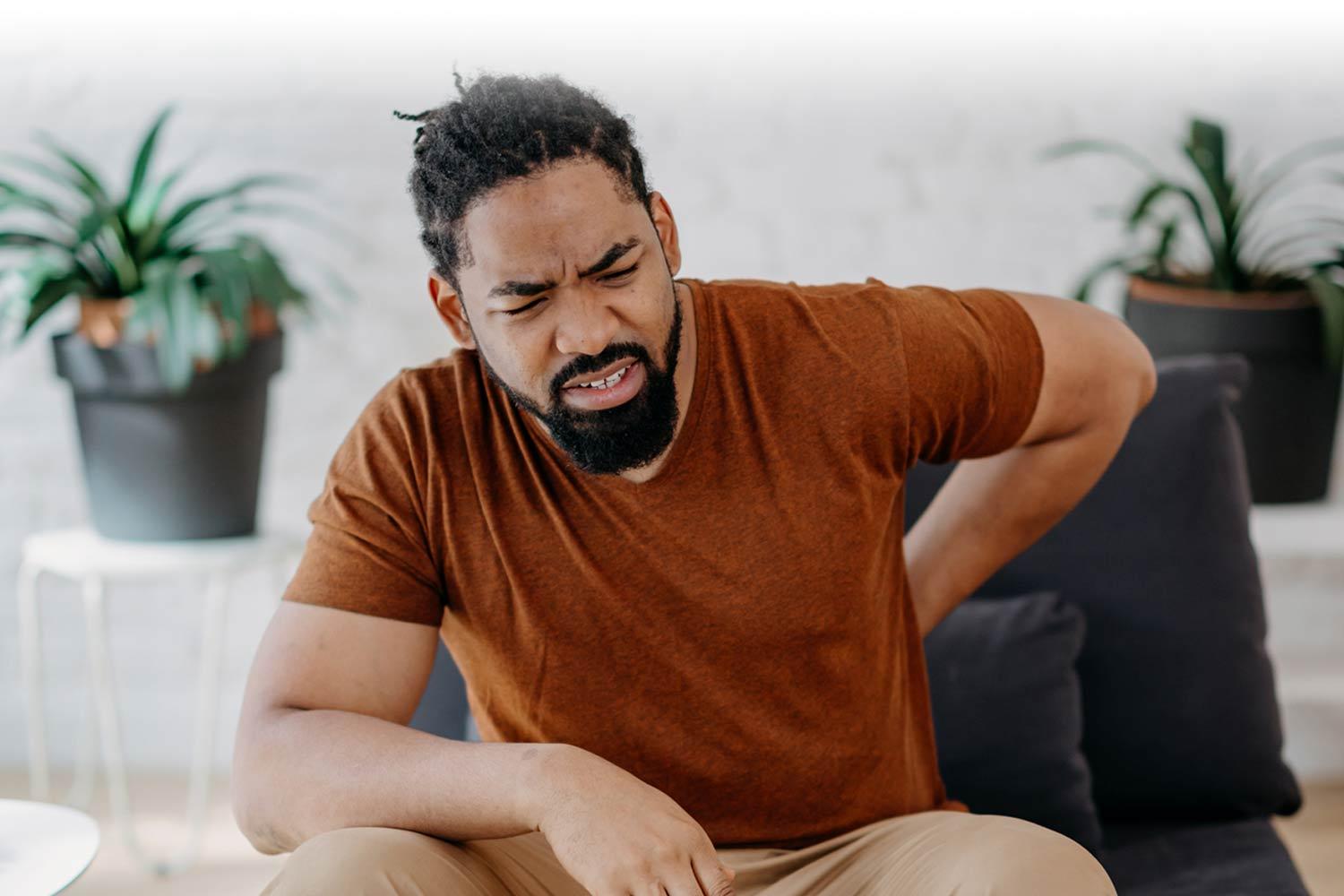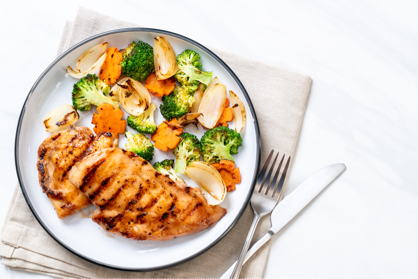Over half a million people go to emergency rooms for kidney stone problems every year.
A kidney stone is a hard object that is made from chemicals in the urine. After formation, the stone may stay in the kidney or travel down the urinary tract into the ureter. Stones that don't move may cause a back-up of urine, which causes pain.
Symptoms & signs
- severe pain on either side of your lower back
- more vague pain or stomach ache that doesn't go away
- blood in the urine
- nausea or vomiting
- fever and chills
- urine that smells bad or looks cloudy
Causes & stone types
- Calcium oxalate: Common, created when calcium combines with oxalate in the urine.
- Uric acid: Common, caused by high purine intake leading to monosodium urate production.
- Struvite: Less common, caused by infections in the upper urinary tract.
- Cystine: Rare and tend to run in families with a history of cystinuria.
Diagnosis
Diagnosis of a kidney stone starts with a medical history, physical examination, and imaging tests.
- Imaging tests: Your doctors will want to know the exact shape and size of the stone. This can be done with a high resolution CT scan. Other imaging options may include a KUB x-ray, or an intravenous pyelogram
- Urine testing: The doctor may also ask that you collect your urine for 24 hours to test for levels of stone-forming minerals and stone-preventing substances.
- Blood testing: Your doctor will test your blood for calcium, phosphorus and uric acid.
- Stone analysis: The stone will be analyzed after it comes out of your body in order to determine cause and a plan for prevention.
Treatment
Medical procedures may be needed to break down larger stones.
Lifestyle
Lifestyle
Drink plenty of water
You should drink 2-3 quarts of liquid or 8-12 cups per day.
Be aware of sweat
Sweating leads to less urine production, allowing for minerals to settle. Keep well hydrated.
Cut back sodium
Work to cut back sodium in your diet.
Prevention by stone type
Calcium oxalate
To reduce calcium oxalate stones, eat calcium and oxalate-rich foods in the same meal for them to have a higher likelihood to bind to one another in the stomach and intestines before the kidneys begin processing.
Uric acid
To reduce uric acid stones, cut down on high-purine foods such as red meat, organ meats, and shellfish.
Struvite
Ask your doctor about strategies to reduce your chance for struvite stones.

